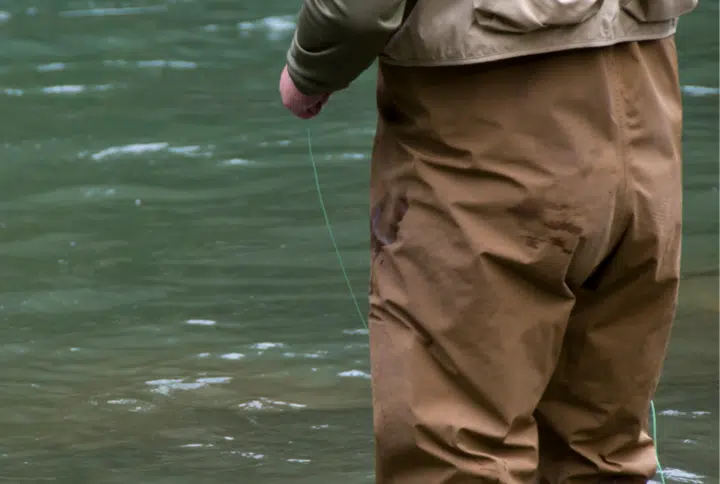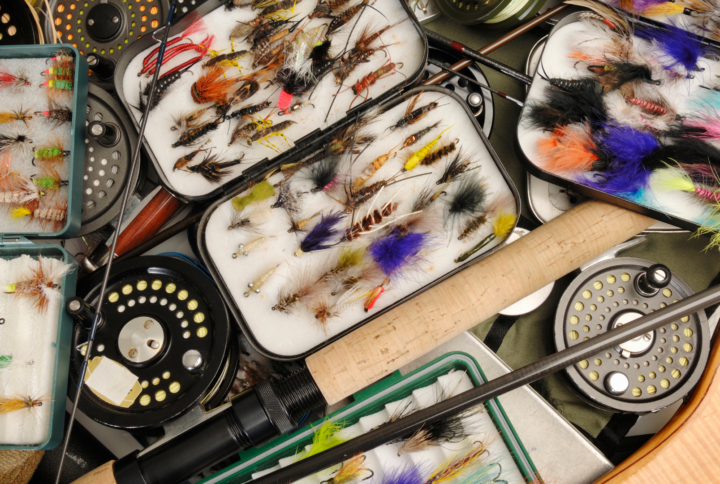Queets River - Clearwater - Washington
Fly Fishing River Report & Conditions
Queets River – Clearwater - Water Flow Chart
Queets River – Clearwater - Weather report & radar
Queets River – Clearwater - General hatch chart
| Month | Hatch | Time of Day | Recommended Fly Sizes | Popular Fly Patterns |
|---|---|---|---|---|
| January | Winter Steelhead | Morning – Evening | #4 – #6 | Chartreuse Biot Stone, Egg Sucking Leech |
| February | Winter Steelhead | Morning – Evening | #4 – #6 | Purple Peril, Black Leech |
| March | Winter Steelhead, Salmon Fry | Morning – Evening | #4 – #10 | Green Butt Skunk, Wooly Bugger |
| April | Spring Chinook, Salmon Fry | Afternoon – Dusk | #6 – #10 | Elk Hair Caddis, Clouser Minnow |
| May | Spring Chinook, Cutthroat | Afternoon – Dusk | #6 – #10 | Green Drake, Stimulator |
| June | Summer Steelhead, Cutthroat | Morning – Evening | #4 – #6 | Alder, Yellow Sally |
| July | Summer Steelhead, Cutthroat | Morning – Evening | #4 – #6 | Purple Haze, Beadhead Pheasant Tail |
| August | Summer Steelhead, Pink Salmon | Morning – Evening | #6 – #8 | Pink Comets, Silver Horde |
| September | Fall Chinook, Coho Salmon | Morning – Evening | #6 – #8 | Black Bear Green Butt, Flash Fly |
| October | Fall Chinook, Coho Salmon | Morning – Evening | #6 – #8 | Double Bunny, Coho Blue |
| November | Winter Steelhead, Coho Salmon | Morning – Late Afternoon | #4 – #6 | Spider, Marabou Leech |
| December | Winter Steelhead | Morning – Late Afternoon | #4 – #6 | Christmas Tree, Purple Egg Sucking Leech |
Queets River – Clearwater Access Points
The Queets River – Clearwater is a highly coveted location for fly fishing enthusiasts. However, the area’s best access points for fly fishing include:
- Salmon River Road: This is a main thoroughfare in Queets, providing a number of favored fishing spots along the river’s edges. If you’re interested in flexible, road-side access, this is an excellent choice.
- The Queets Campground: This campground, located at the end of the Queets River Road, offers direct water access, making it a prime location for avid anglers. The location also provides amenities including camping areas.
- Sams River Loop: This former logging road is now converted into a path that hikers and campers use — it also gives access to certain parts of the river that are isolated and excellent for fly fishing.
- Bob Creek Trailhead: A bit more remote, this trailhead leads you directly to some of the more secluded and fruitful fishing spots along the Queets River.
Queets River – Clearwater Fishing Spots
The Queets River – Clearwater in Washington state offers some of the best spots for fly fishing enthusiasts. Scenic beauty combined with promising catches makes it the ideal destination.
Highlighted fishing spots:
- Upper Queets: Freshwater fly fishing can be enjoyed here for cutthroat and rainbow trout species.
- Lower Queets: Ideal spot for spring Steelhead and fall Salmon fly fishing.
- Clearwater Tributary: Anglers can hook into wild steelhead, Chinook and Coho salmon at this fishing spot. Seasonal restrictions apply.
- Salmon Cascades: This salmon viewing spot on the river offers good fishing opportunities for Sockeye and Coho salmon.
- Queets campground: Besides offering a place to stay, it offers access to some exceptionally good fishing spots.
Queets River – Clearwater Local Fish Species
- Chinook (King) Salmon: The largest salmon species present in Queets River is an esteemed trophy for most anglers. These can typically be found throughout the year, but peak season is in spring and fall.
- Coho (Silver) Salmon: Known for their aggression and acrobatic fights, they are most abundant in late summer and early fall.
- Sockeye (Red) Salmon: Less common but still prizes for anglers due to their challenging fight and excellent taste. Best times to fish are from late summer to early fall.
- Pink (Humpy) Salmon: Found mostly on even-numbered years, these are the smallest but most numerous salmon species in the river. Peak season is in August and September.
- Chum (Dog) Salmon: These larger fish can be found in large numbers during the fall.
- Steelhead: The winter steelhead run is a significant draw for anglers due to their size and fighting ability.
- Sea-Run Cutthroat Trout: These are not as large as other salmon species but are revered for the sport they provide. They can be found in summer.
- Bull Trout/ Dolly Varden: These are large and aggressive species, providing sport and challenge to the anglers. They can be found year-round, but the best times are in the warmer months.
About the Queets River – Clearwater
The Queets River and Clearwater River are picturesque sites located in the western region of Washington state’s Olympic Peninsula. These wonderful waters have a rich history, luring nature lovers and anglers for generations.
The Queets River carves its way through the lush, old-growth rainforest, starting from the Queets glacier in the Olympic Mountains, and ending in the Pacific Ocean. Known for breathtaking wildlife sightings, it’s truly a sight to behold. The Clearwater River feeds into the Queets, offering more serenity with its clear waters and pebble-laden shores.
- Wildlife: Both rivers rich habitats are home to bears, elks, and a myriad of bird species, making these sites a paradise for wildlife photographers.
- Rich fishing history: Traditional salmon fishing has been prevalent in these waters since the days of indigenous tribes. Today it serves as a popular spot for recreational fishing.
These rivers are a testament to the Pacific Northwest’s distinct and pristine ecological landscape. An escape into these lands is an undeniable journey back in time.
Community Contributions
Be part of the fishing community!
No updates submitted for this river.



